Module 3: Common Issues
Embankment dams may have a variety of issues that occur immediately upon construction and over time, as a multitude of factors become critical both internally and externally. Many of these issues can be avoided or fixed if they are discovered in time.
Similar to the key terminology we just learned about dam components, it is crucial to have general knowledge of what type of issue you might see on your dam, and what consequences can occur from them if not addressed. In severe cases, it is always recommended to contact a qualified engineer to inspect and assess the situation. Your Dam Safety Officer may also provide guidance where needed.
Below is an image that depicts many common dam deficiencies:
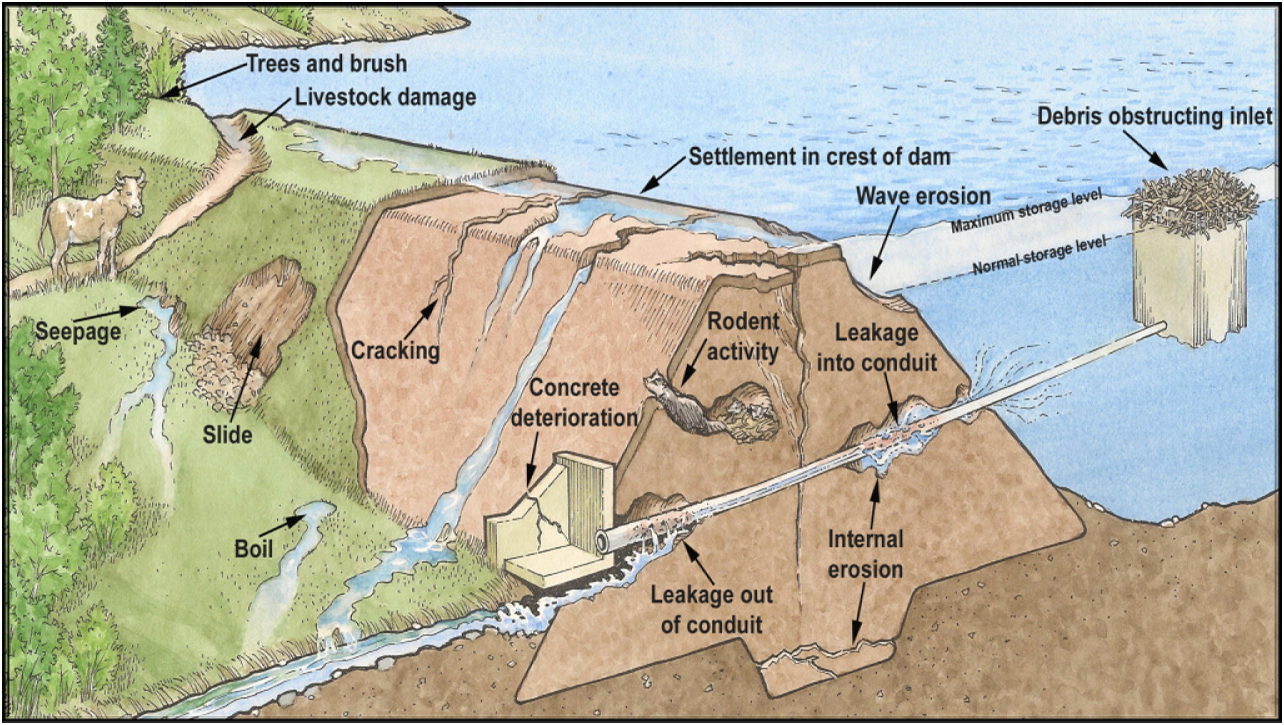
Embankment dams have 3 failure modes:
1. Internal Erosion
eg. Seepage and piping within the structure
2. External Erosion
eg. Overtopping, waves, and other forms of erosion
3. Structural Failure
eg. Foundation issues, spillway issues, abutment problems
Within this module below, we will explore some common problems that occur in earth fill embankment dams. This module will also provide photographic examples to better depict what the issue might look like on any given dam. Be sure to review and reference the past dam component terms when looking at diagrams and pictures of these issues.
SEEPAGE
All embankment dams pass water through the soils and foundation materials. The process of water flowing through the embankment and foundation materials is called seepage. Although seepage is always something to note, seepage that is flowing at a steady pace and with clear water is not always a critical concern. Seepage becomes a much larger issue when it contains sediment (muddy seepage), and/or when the water flow changes rapidly.
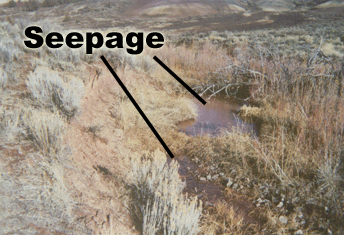
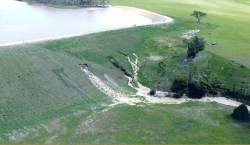
Properly designed and constructed embankment dams take seepage into consideration. Seepage through the dam typically follows a surface line, based on engineering design. This is known as the phreatic surface, or the phreatic line. It is the general path that water seeps through the dam. Due to this, some dams have filters that properly drain the water at the toe of the dam.
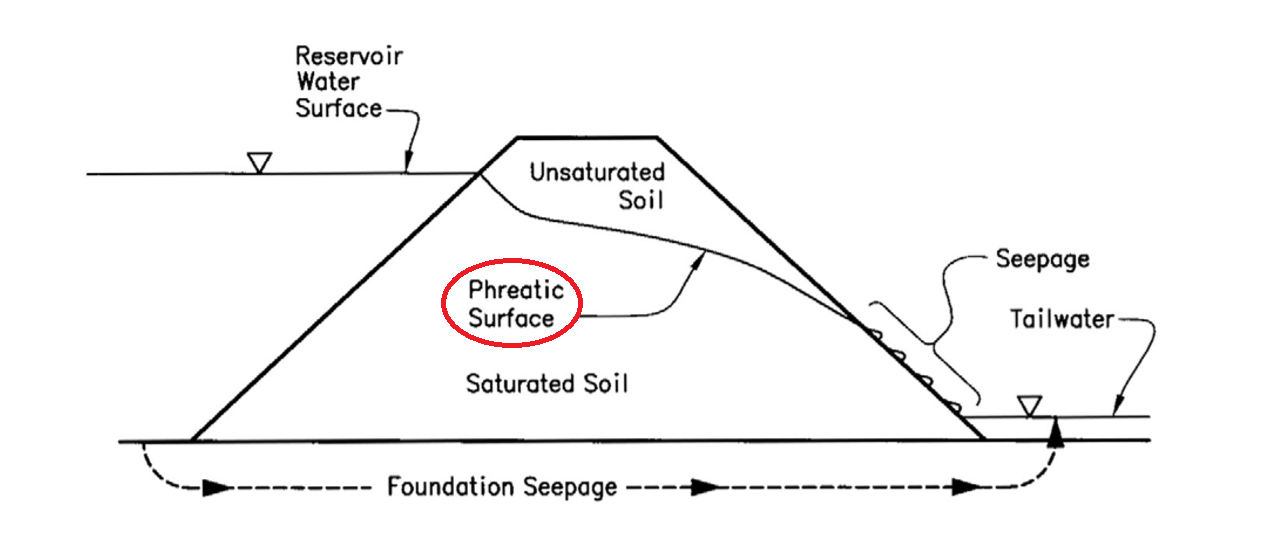
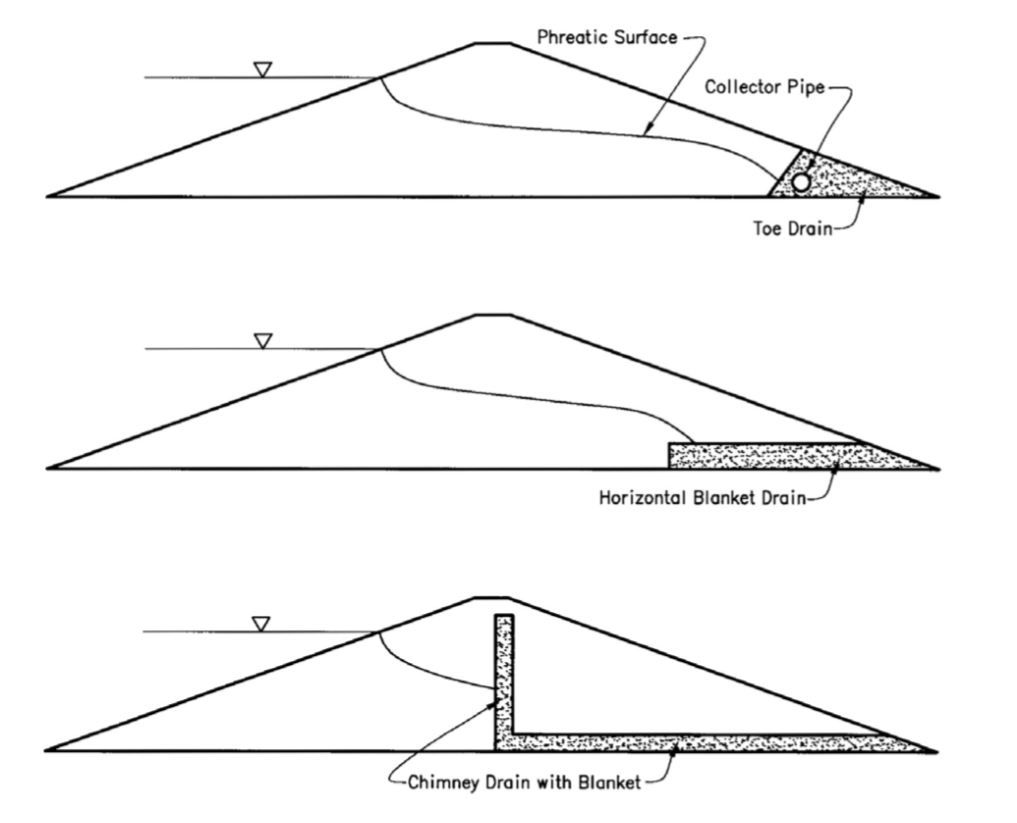
It is important to monitor and control any seepage detected on the dam. If left unchecked, seepage can lead to piping and internal erosion. This can occur if the seepage is not properly arriving at the toe of the dam, or where a filter is placed. Improper control of seepage will result in other deficiencies covered below such as slides, sinkholes, and vegetation.
LONGITUDINAL CRACKING
Longitudinal cracking is a type of cracking that occurs parallel to the dam crest (from abutment to abutment). Cracks like these can be a sign of poor compaction within the dam and progressive settlement on the crest, perhaps a combination of both. It can also be a sign of constant traffic along the crest from cattle or the public.
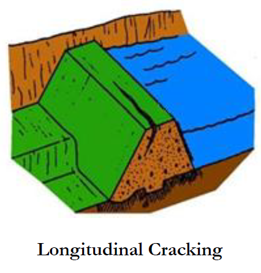
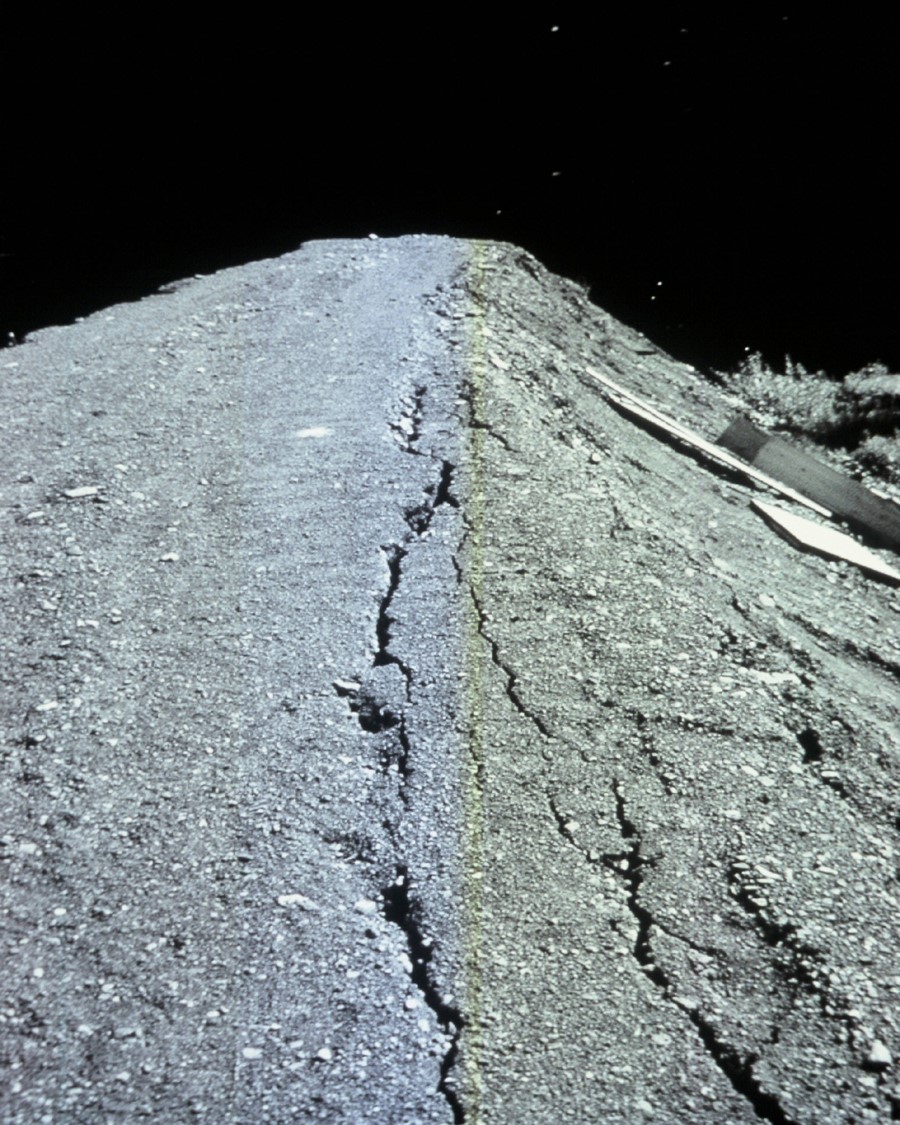
A crack in this direction can lead to vertical displacement if left unchecked, which can easily result in a dam failure in the worst case scenario. Cracking can worsen due to seasonal changes as water begins to enter the crack from natural events or overtopping. Be sure to check your freeboard level prior to spring.
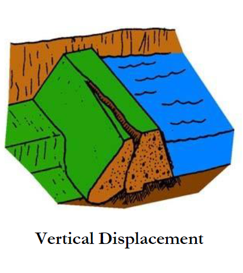
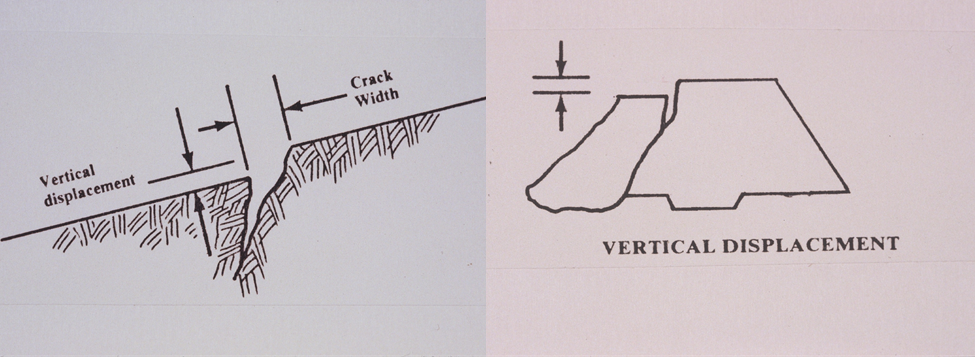
TRANSVERSE CRACKING
Similar to longitudinal cracking, transverse cracking can also occur due to poor compaction and settlement. However, transverse cracking occurs perpendicular to the crest, (from upstream to downstream) as opposed to parallel. If left unchecked, these types of cracks can result in sinkholes, low areas, slides, and further settlement. More commonly, they are a sign of an early sinkhole that can occur due to piping from seepage.
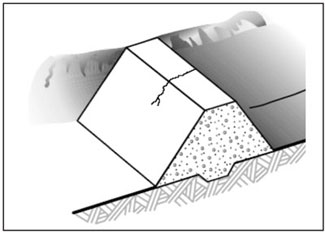
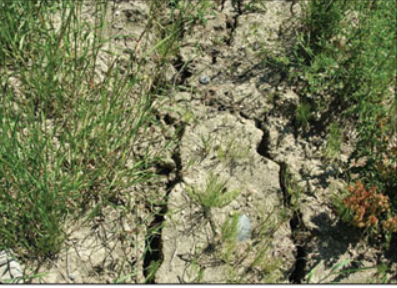
SINKHOLES
Sinkholes are commonly depicted as circular shaped cracks that form around a hole itself. They are usually caused by piping or poor settlement under the affected areas, leaving voids for the upper surface material to drop through. The outer cracks around the hole indicate the area affected by this issue. A temporary emergency measure is to fill the hole with rock and gravel.
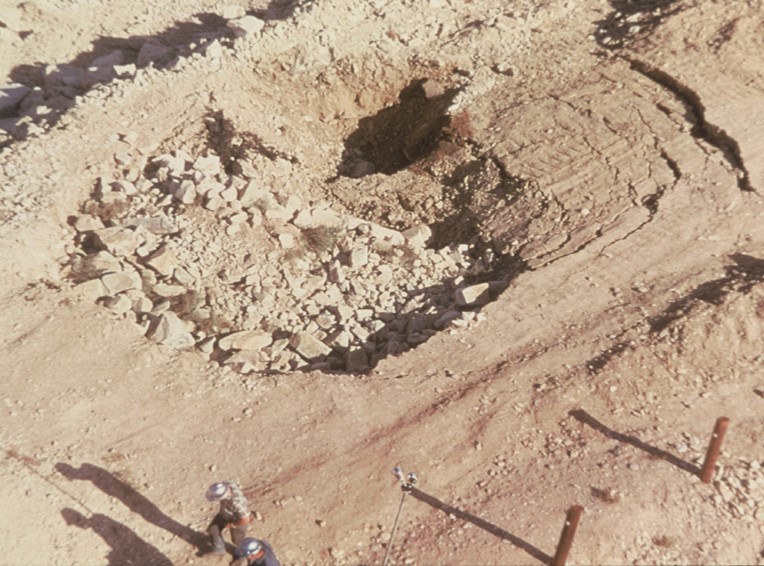
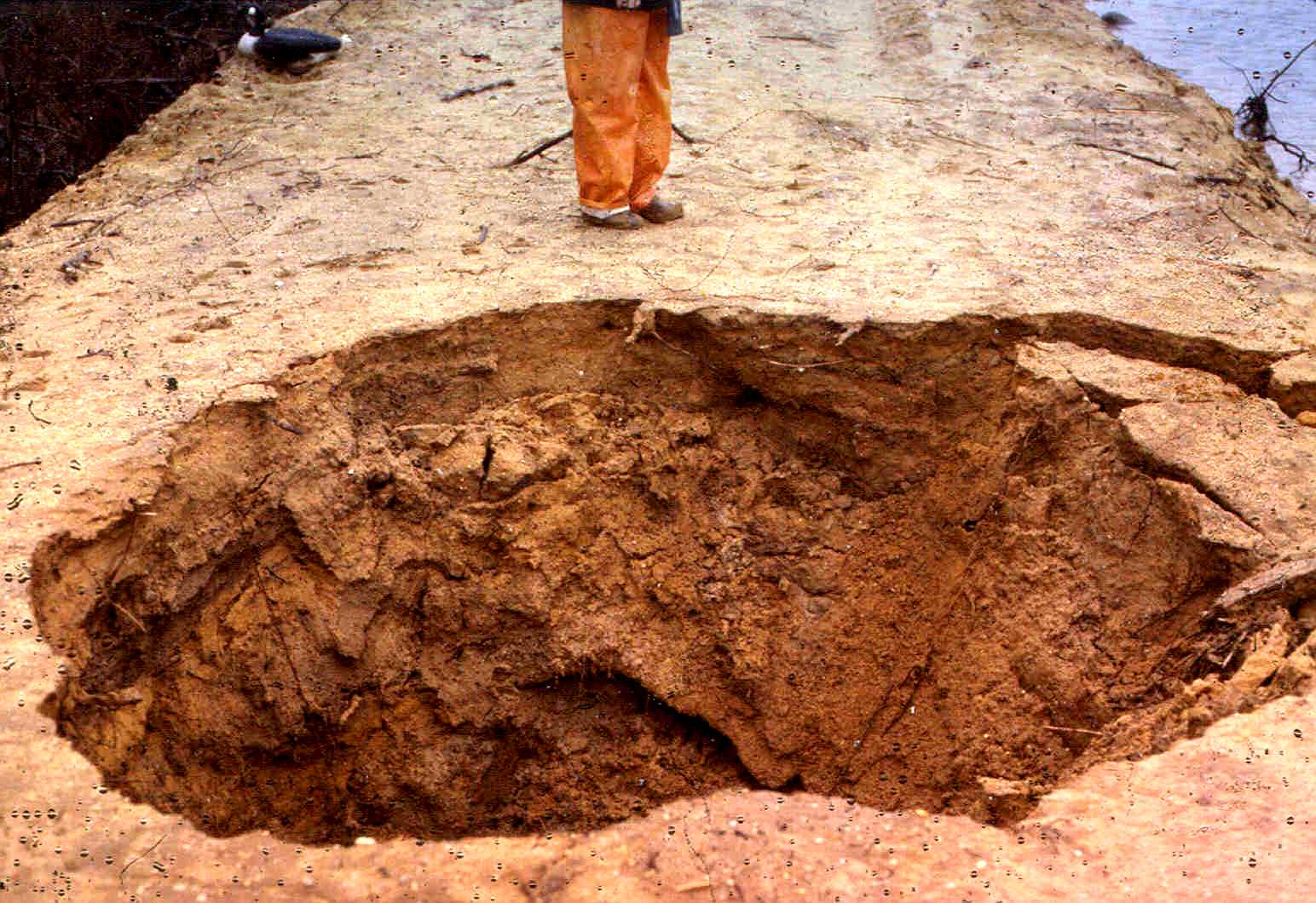

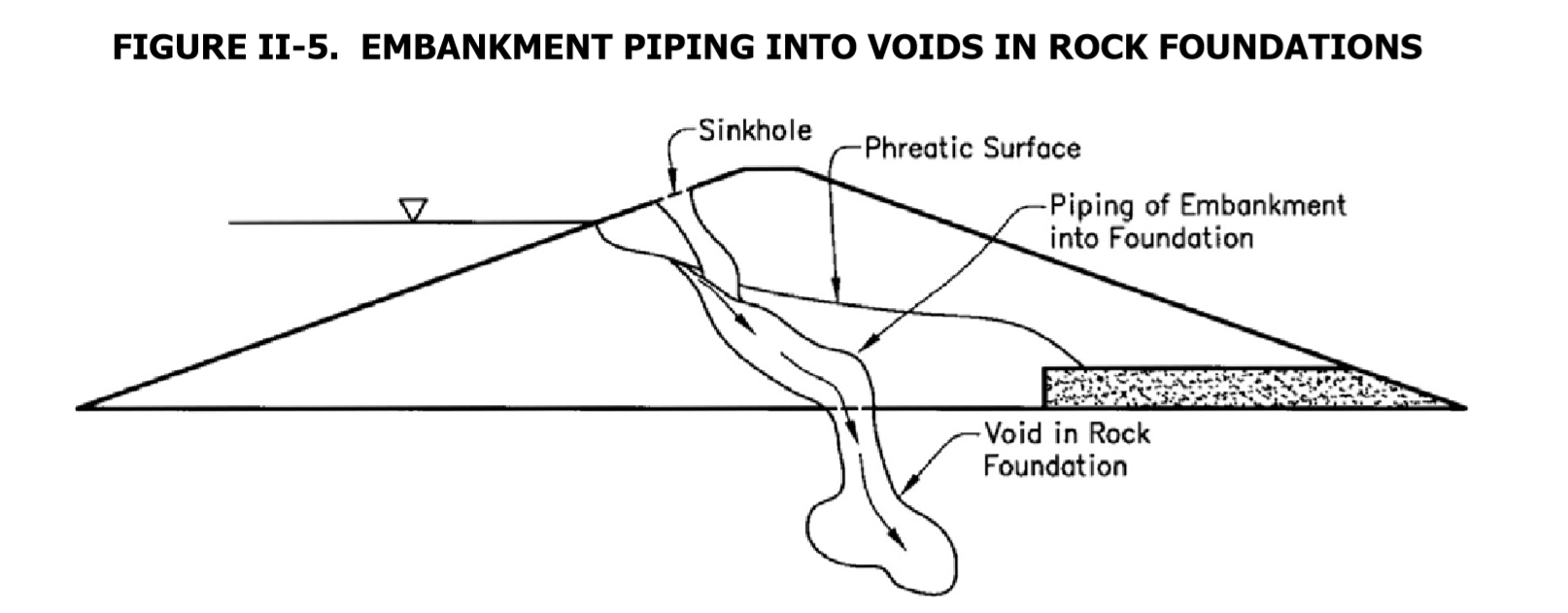
SLIDES
Slides are also known as displacements, sloughs, and slips. They can lead to deficiencies such as sinkholes, obstruction of water flows, larger displacements, and surface erosion / maintenance issues. In severe cases, they can lead to a dam failure. Slides can be caused by seepage, piping, settlement, compaction, and cracking problems that are not maintained properly.

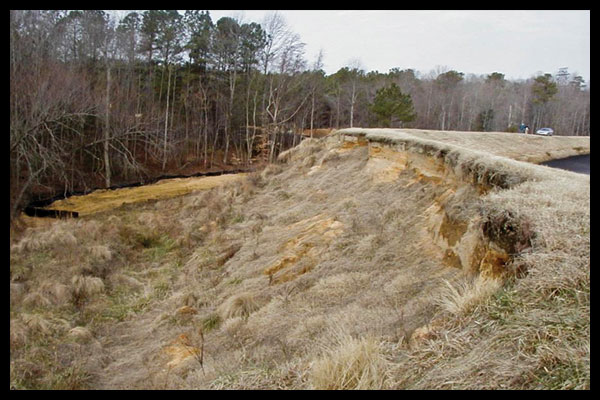
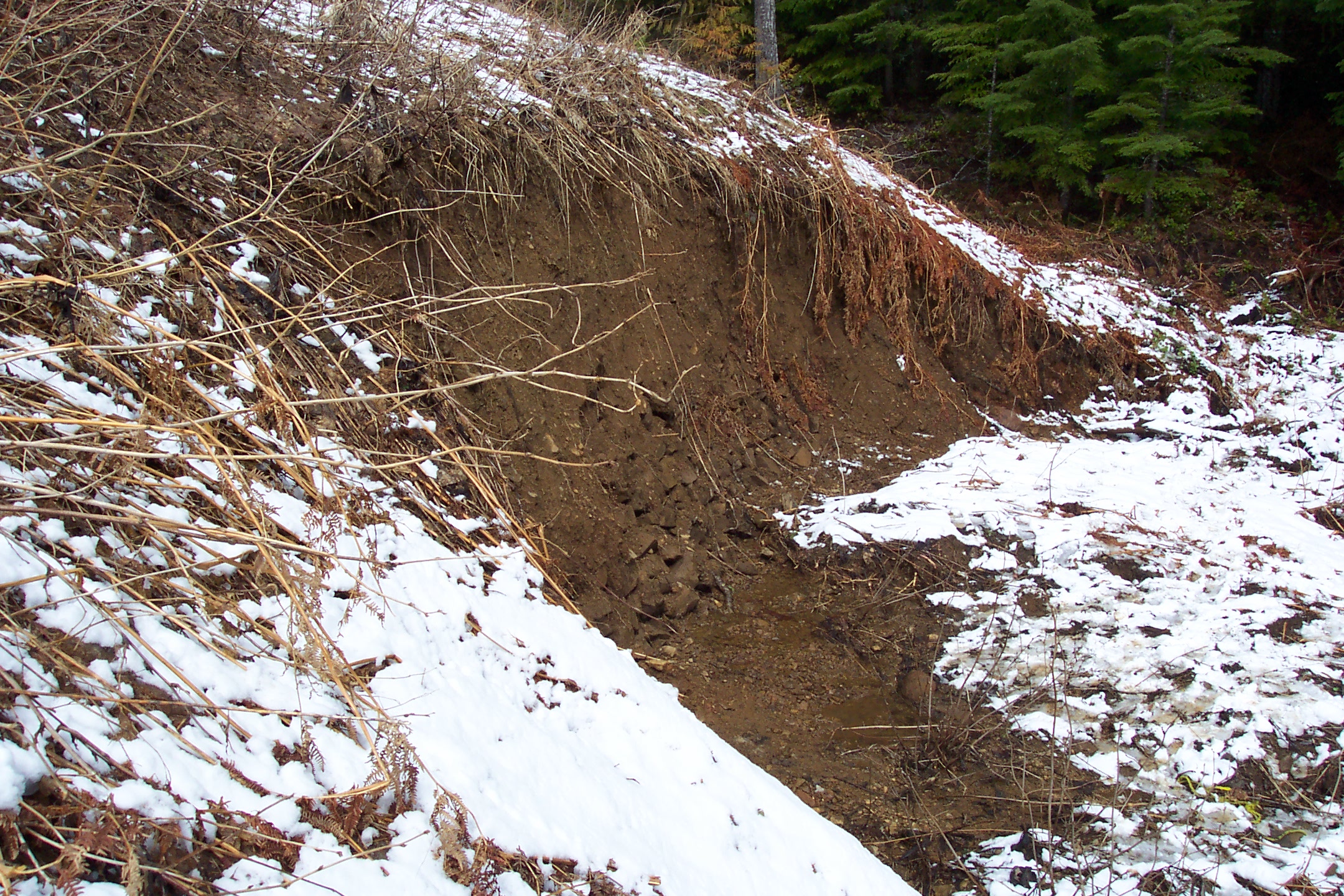
VEGETATION
Excessive and improperly managed vegetation is a common maintenance problem for embankment dams. It can obscure key parts of the dam that hide other deficiencies and make routine inspections more difficult to assess. It can also prevent easy access to certain areas of the dam. Larger deep-rooted vegetation such as trees and shrubs can cause seepage pathways through the dam by penetrating the material with roots. This often leads to piping and internal erosion, which greatly threatens the structural integrity of the dam. Furthermore, vegetation allows for animal infestation and burrowing.
It is important to note that well maintained grass may be used as erosion protection on the crest or downstream side of the dam. However, this may lead to cattle grazing which can cause erosion and cracking issues. Furthermore, improperly cut or maintained grass will simply act as another mode of excessive vegetation.
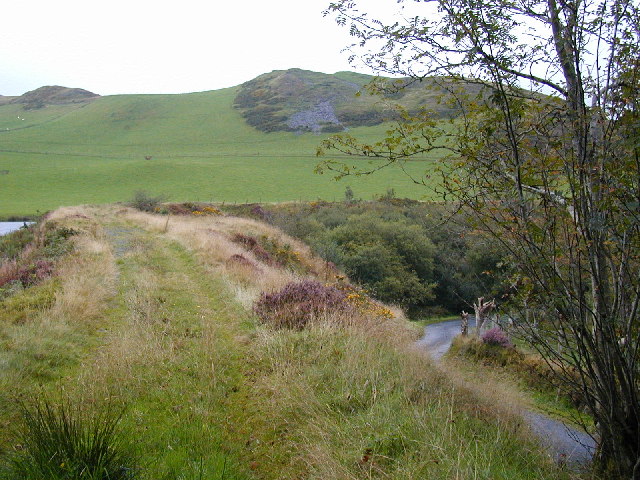
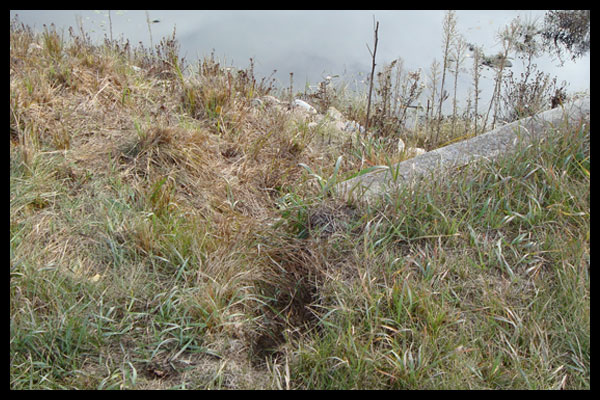
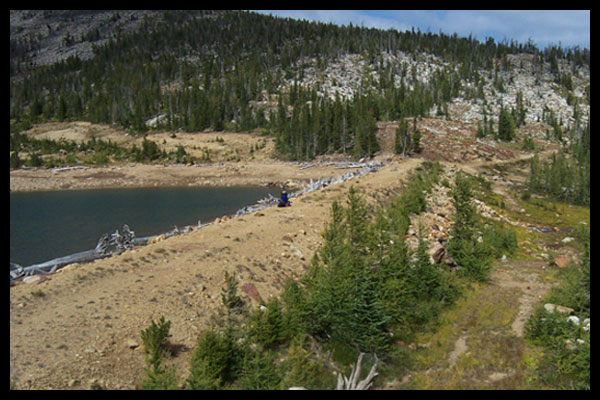
ANIMAL INFESTATION
Animal burrowing and infestation can be immensely dangerous to the structural integrity of the dam as it can not only weaken the embankment, but also create pathways for seepage and piping. Animals that may burrow into an embankment dam may include:
- Muskrats
- Beavers
- Groundhogs
- Badgers
- Gophers
- Other animals
These animals may tend to make nests and passageways within the dam. These passageways may lead to erosion failure as they could either connect from downstream to upstream, or simply penetrate the dam core and undermine structural integrity.

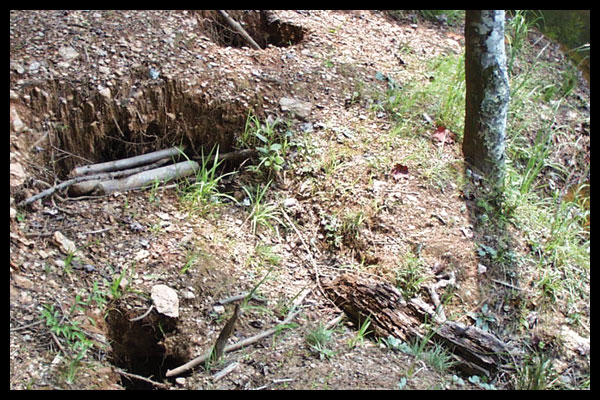
EROSION
Erosion on the surface of the dam can occur for many reasons, and on any area of the dam. This can be from weather conditions such as intense rainstorms or snow melts. It can also occur due to external factors such as cattle grazing, public access, and transportation. Excessive erosion of the dam surface will lead to deterioration of the affected areas, and directly affect the dam's structural integrity.
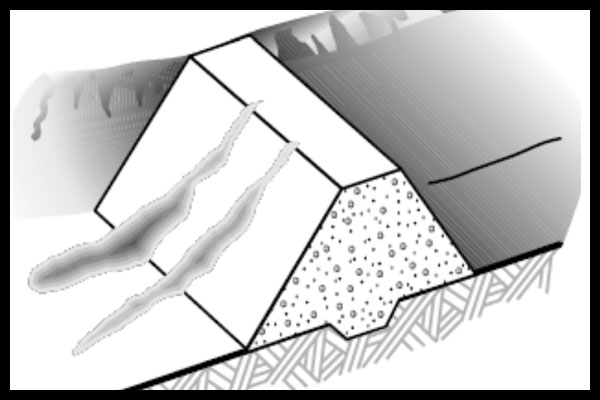
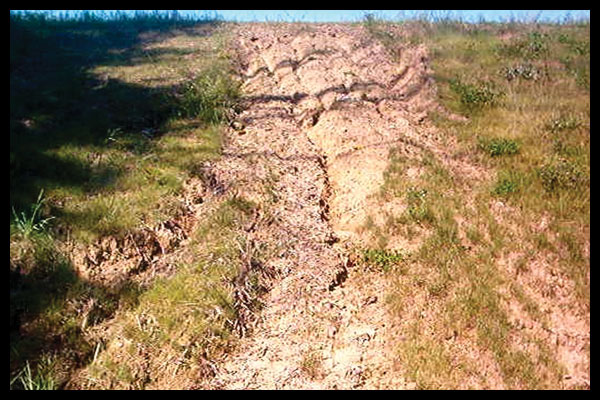
More information on common issues and deficiencies can be found in the Inspection and Maintenance Manual and the Dam Safety Pocketbook Guide.
